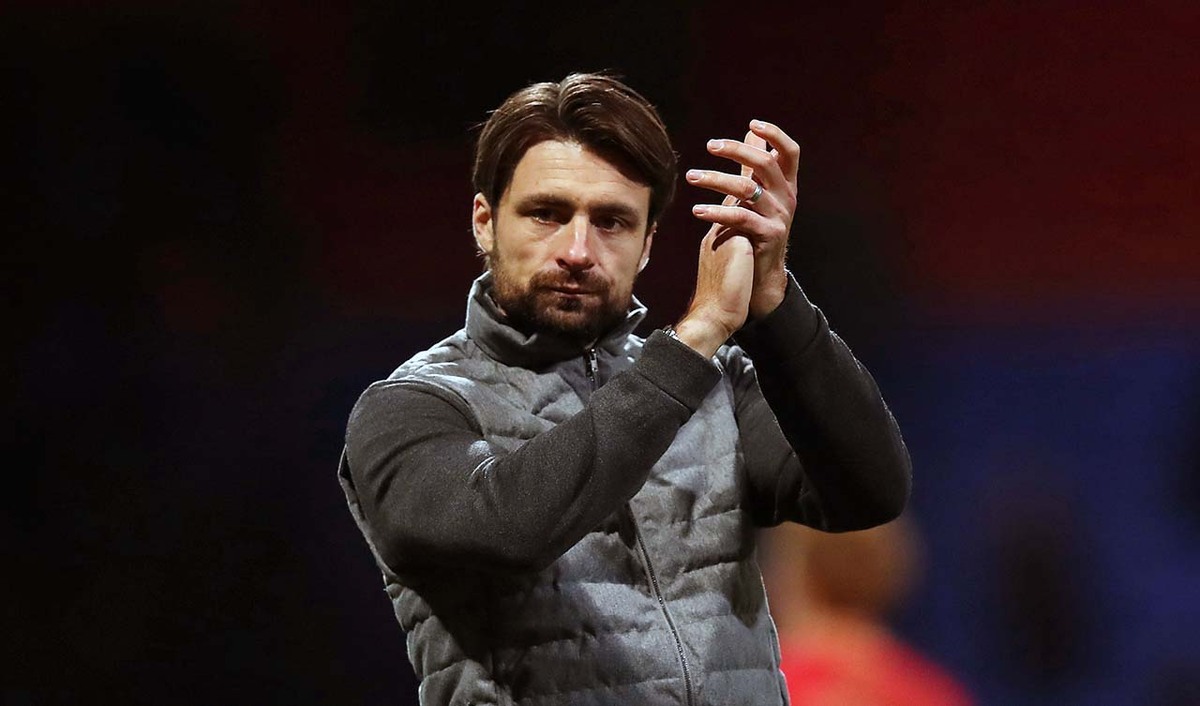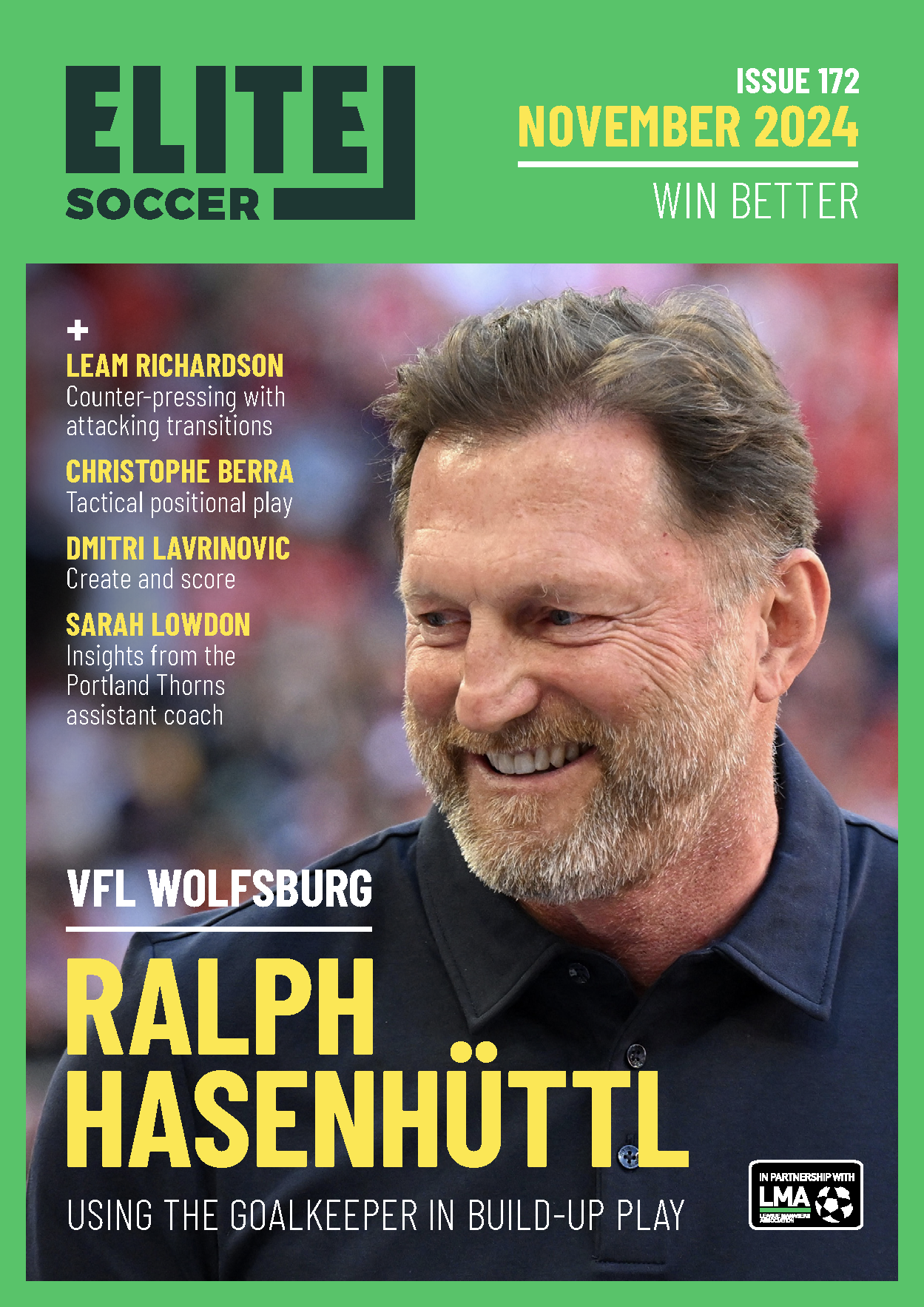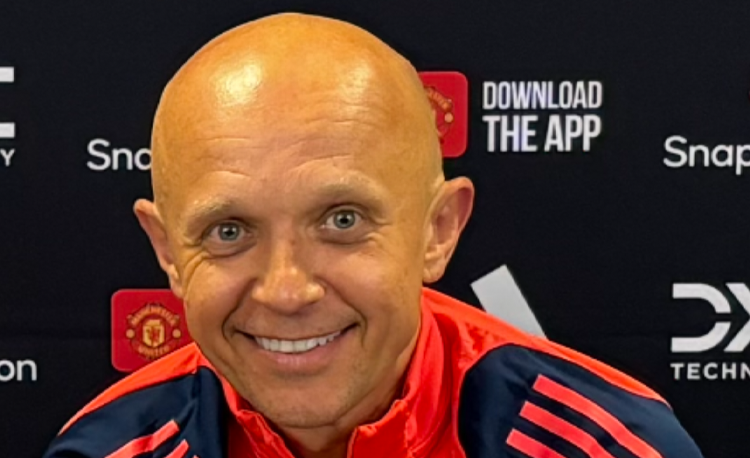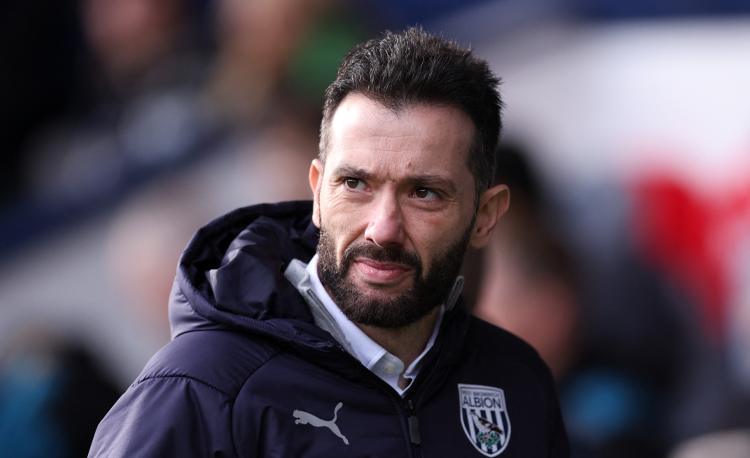You are viewing 1 of your 1 free articles
Pressing as a unit
This session is all about recognising when to press as a unit in the middle and final third of the pitch. It is a quick and high-tempo session that players find engaging. We find it can create and boost team morale and that it is relevant for players in all positions.
| Area | 36x44 yards |
| Equipment | Balls, bibs, cones, poles, 2 goals |
| No. of Players | 15 players + 2 goalkeepers |
| Session Time | Pressing as a unit: 15mins / Progression: 10mins / Small-sided game: 10mins |
This session is all about recognising when to press as a unit in the middle and final third of the pitch. It is a quick and high-tempo session that players find engaging. We find it can create and boost team morale and that it is relevant for players in all positions.
We chose this activity over others due to its high tempo and its engagement for both coaches and players. We find that it is important to practise this to help players fine-tune their decision making as a unit and individually.
We would run the activity once a fortnight, most likely as part of our intensive session three or four days before a match. This allows adequate recovery time. We would tend to run this high-intensity activity after a team analysis meeting in which we show out-of-possession clips.
What do I get the players to do?
Pressing as a unit
We set up a playing area of 36x44 yards with five evenly spaced gates marked with poles along the halfway line. We’re using 15 players split into three teams of five. Two of the teams are attackers, with one team working in each half. The aim for the two attacking teams is to make successful passes through the gates from one half to the other. The third team are defenders and they operate in either half, with one player defending each gate. They work as a unit to press the attacking team in possession, working out when to leave their gates and press as a unit, as shown [1].
1
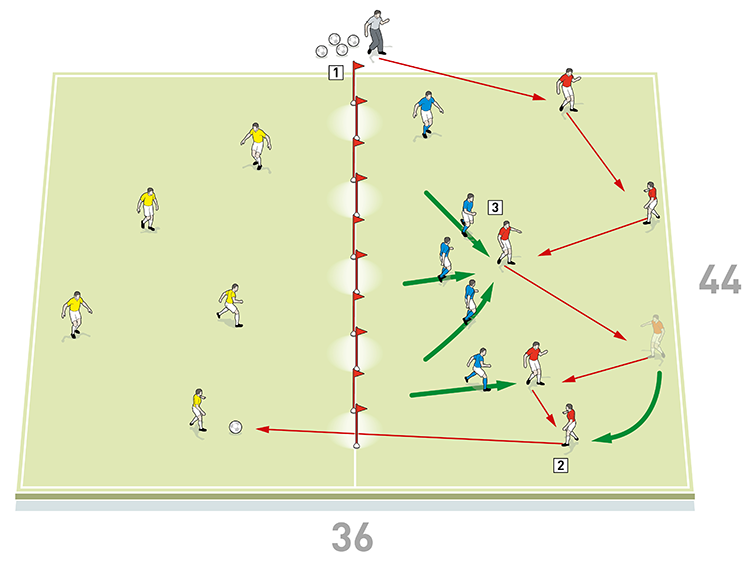
2. The attackers must keep possession while creating an opportunity to pass through one of the gates to the attackers in the other half
3. The blues are defenders and they operate in either half, with one player defending each gate. They must work out when to leave their gate and press as a unit to win the ball
We would run this activity for 15 minutes. It would consist of three-minute blocks and we would rotate the groups. Initially each group would defend for the same period of time and progressively teams would be rewarded for good defending and rotate into attack.
How do I progress the session?
Progression
The session can be progressed by adding an extra gate and therefore having more gates than defenders, as shown [2]. This naturally makes it harder for the defensive team.
2
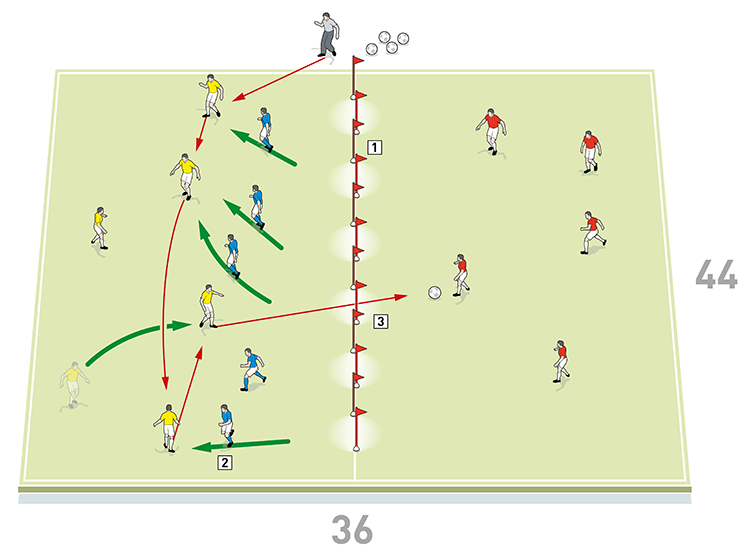
2. Having more gates than defenders makes it harder for the defensive team
3. Here the attackers spot the unguarded gate left by the pressing defenders and switch play to make a scoring pass
We can also increase or decrease the difficulty by altering the player numbers. For example, the more attacking players involved, the more challenging the decision making is for the defenders; less attacking players involved means there would be more focus on defensive technique.
How would you put this into a game situation?
Small-sided game
To turn this activity into a small-sided game, a goal and a goalkeeper can be added at each end. Defenders can score by stealing the ball from the attackers and shooting into the net, as shown [3], whereas attackers score by successfully passing through the gates.
3
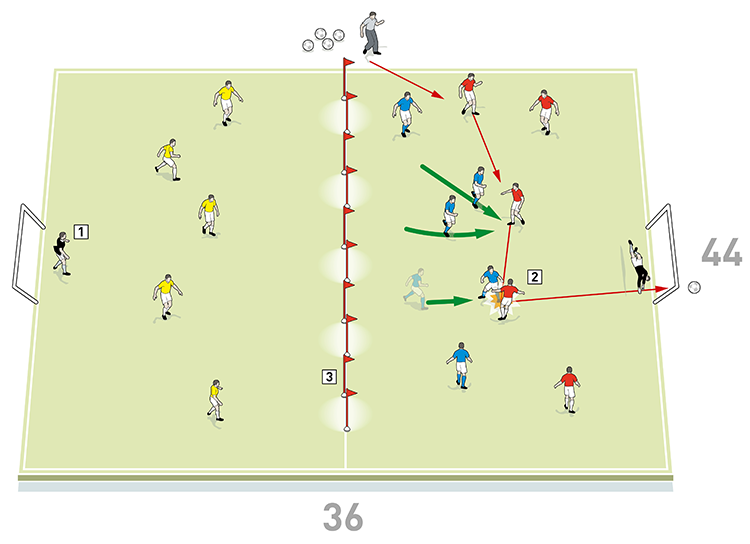
2. The defending blue team can score by stealing the ball from the attackers and shooting into the net
3. As before, the red and yellow attacking teams score by passing through the gates
What are the key things to look out for?
Technically, we want to see attacking players showing for the ball and forcing the opposing players into the press.
Tactically, we want to see defenders recognising when they can leave one gate unguarded without risking conceding.
What are the typical mistakes players might make and how do I avoid them?
Typical mistakes that players make include pressing individually and not as a unit, or pressing too early or late. To avoid this, it is important to coach the players to recognise the triggers and encourage players to vocalise what they are seeing.
Related Files
Editor's Picks
Using the goalkeeper in build-up play
Pressing principles
Intensive boxes drill with goals
Penetrating the final third
Creating and finishing
My philosophy
Pressing initiation
Compact team movement
Defensive organisation
Coaches' Testimonials

Alan Pardew

Arsène Wenger

Brendan Rodgers

Carlos Carvalhal

José Mourinho

Jürgen Klopp

Pep Guardiola

Roy Hodgson

Sir Alex Ferguson

Steven Gerrard
Coaches' Testimonials

Gerald Kearney, Downtown Las Vegas Soccer Club

Paul Butler, Florida, USA

Rick Shields, Springboro, USA

Tony Green, Pierrefonds Titans, Quebec, Canada
Join the world's leading coaches and managers and discover for yourself one of the best kept secrets in coaching. No other training tool on the planet is written or read by the calibre of names you’ll find in Elite Soccer.
In a recent survey 92% of subscribers said Elite Soccer makes them more confident, 89% said it makes them a more effective coach and 91% said it makes them more inspired.
Get Monthly Inspiration
All the latest techniques and approaches
Since 2010 Elite Soccer has given subscribers exclusive insight into the training ground practices of the world’s best coaches. Published in partnership with the League Managers Association we have unparalleled access to the leading lights in the English leagues, as well as a host of international managers.
Elite Soccer exclusively features sessions written by the coaches themselves. There are no observed sessions and no sessions “in the style of”, just first-hand advice delivered direct to you from the coach.
